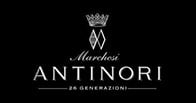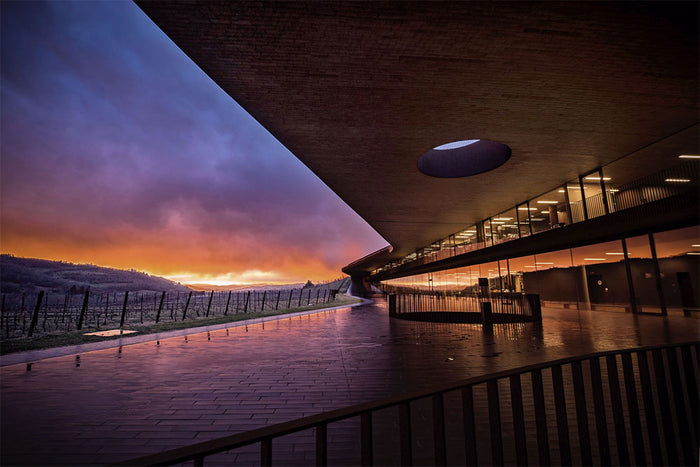Description
A wine that represents the Chianti Classico terroir and its historical grape variety with typical floral and fruity aromas.

Perfume

Color

Taste
Serve at:
14 -16 °C.
Longevity:
05 - 10 years
Decanting time:
1 hour

- Start up year: 1385
- Oenologist: Renzo Cotarella
- Bottles produced: 20.000.000
- Hectares: 1.400
The Antinori family’s first encounter with wine dates back to 1385, when Giovanni di Piero Antinori joined the Guild of Wine Merchants to make the best use of the family’s country properties in Valdarno, around Florence.
However, it was not until the 16th century that banker and merchant Alessandro Antinori made the wine from his estates famous in Italy and abroad, travelling from Lyons to Flanders, and from Spain to Algiers.
Wine was to remain the family’s passion and main business activity, so much so that in 1898 the "Fattoria dei Marchesi Lodovico e Piero Antinori" was created by brothers Lodovico and Piero, the sons of Marchese Niccolò – a direct descendent of that other Niccolò who purchased Palazzo Antinori in 1506 and poured his efforts into publicising Tuscan wines around the world and creating fine quality products. For 26 generations the Antinori family have continued to make history.
In 2023, at the beginning of February, Villa Antinori Toscana IGT 2019 was named the third wine in the world, the only Italian wine, in Wine Specator's Top 10 Values 2022: the list of the 10 wines that according to the American magazine represent world excellence in terms of value for money. Read more


| Name | Pèppoli Chianti Classico 2023 – Marchesi Antinori |
|---|---|
| Type | Red still |
| Denomination | Chianti Classico DOCG |
| Vintage | 2023 |
| Size | 0,75 l |
| Alcohol content | 13.5% by volume |
| Grape varieties | 90% Sangiovese, Merlot, Syrah |
| Country | Italy |
| Region | Tuscany |
| Vendor | Marchesi Antinori |
| Origin | San Casciano Val di Pesa (Florence) |
| Fermentation temperature | 26-28 °C (79-82 °F) |
| Wine making | The grapes, harvested separately by variety, were destemmed, gently crushed and placed in stainless steel tanks. Alcoholic fermentation took place at a controlled temperature of between 26 and 28°C to enhance the aromatic expression and preserve each variety's fruity and floral notes. Maceration, managed with mechanical interventions to extract soft and sweet tannins, took about a week for the Sangiovese and 12 5 days for the complementary grape varieties. |
| Aging | At the end of malolactic fermentation, which was completed by the end of winter for all varieties, the wine was blended and transferred to wood, where it matured for about nine months in large Slavonian oak casks and, for a small part, in barriques and stainless steel tanks. |
| Allergens | Contains sulphites |





